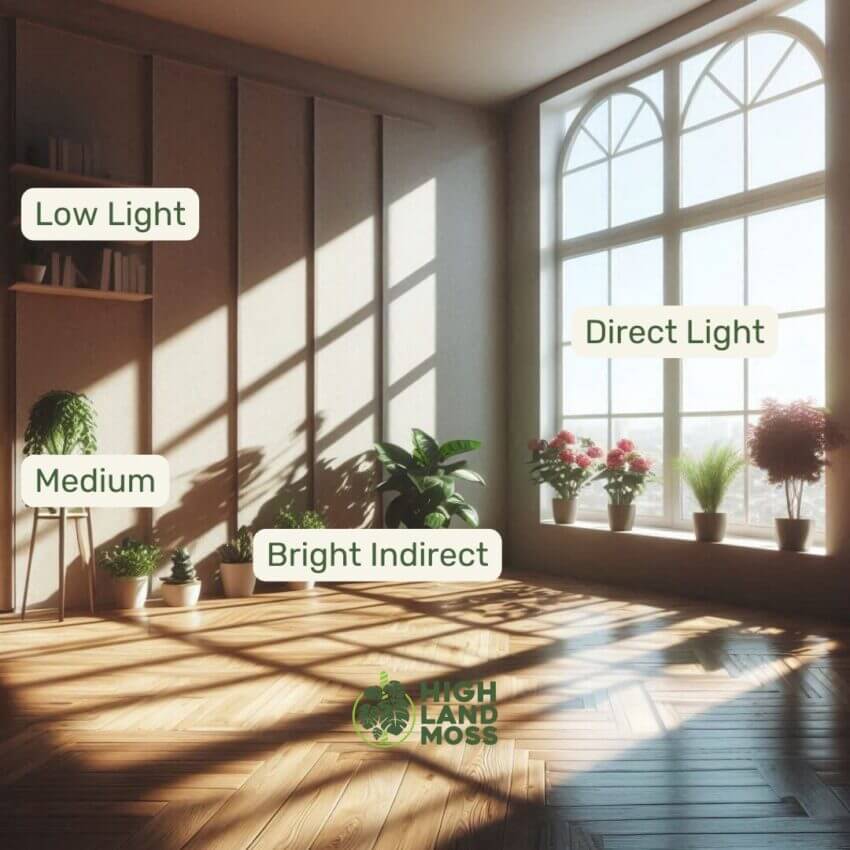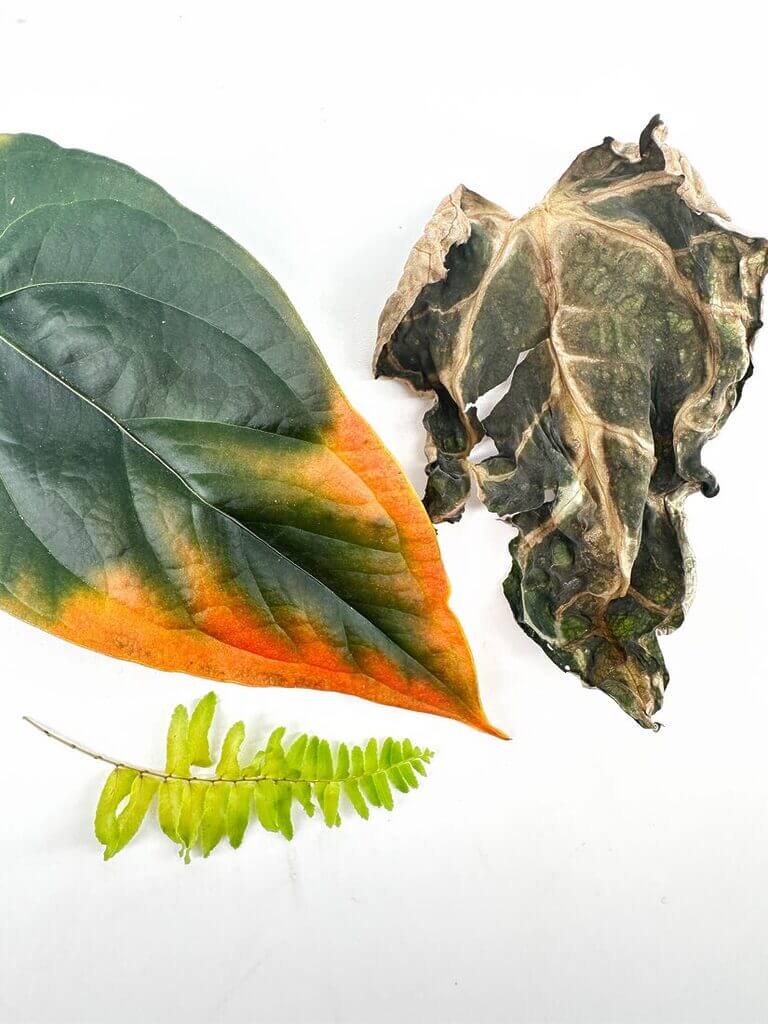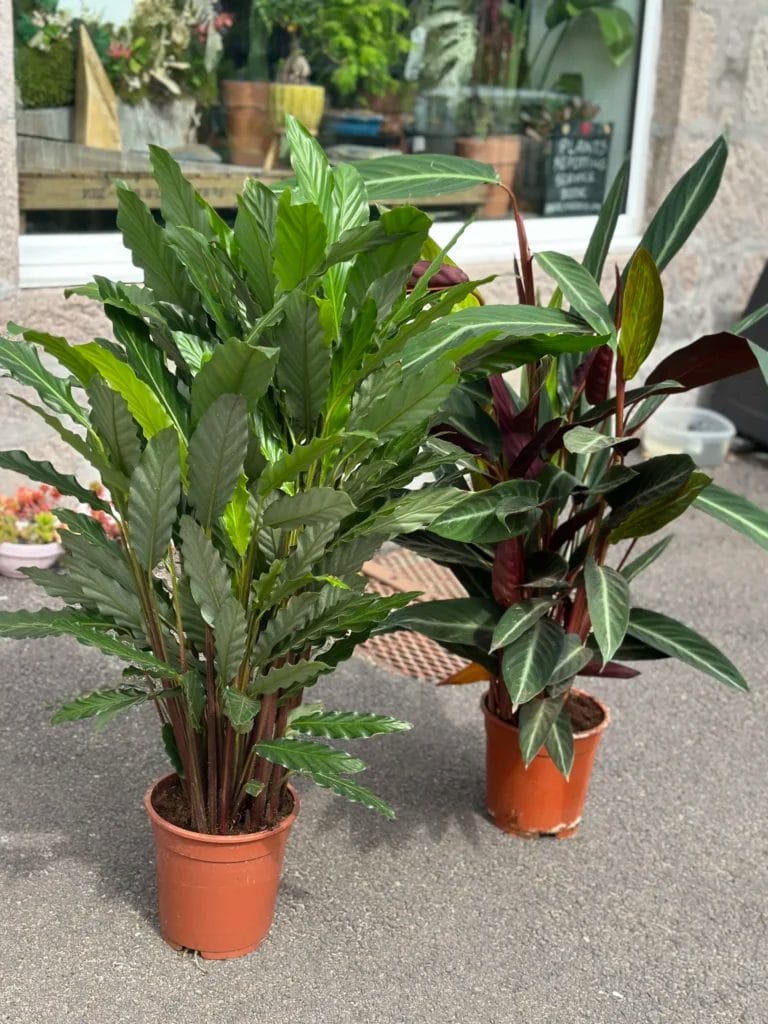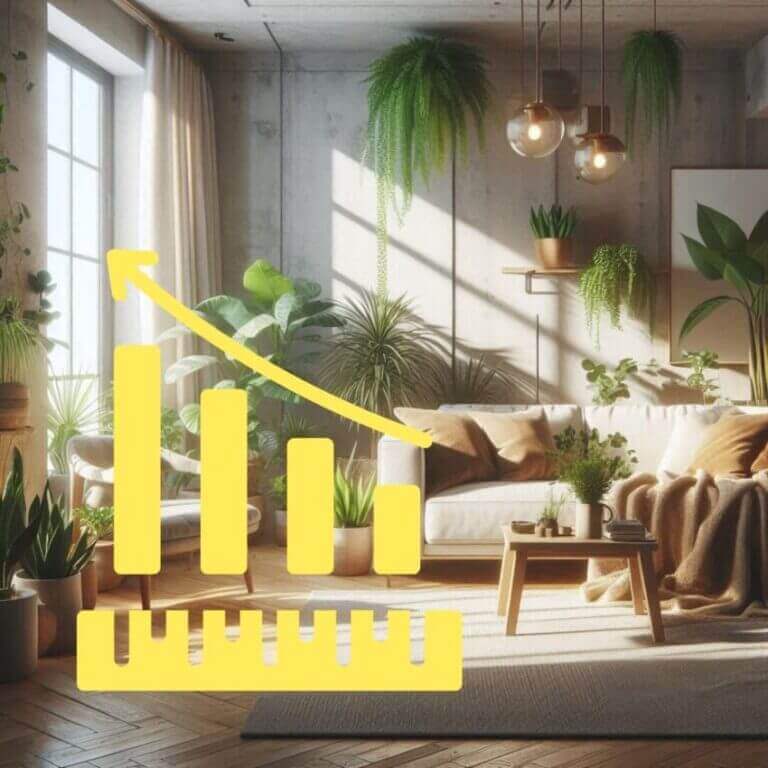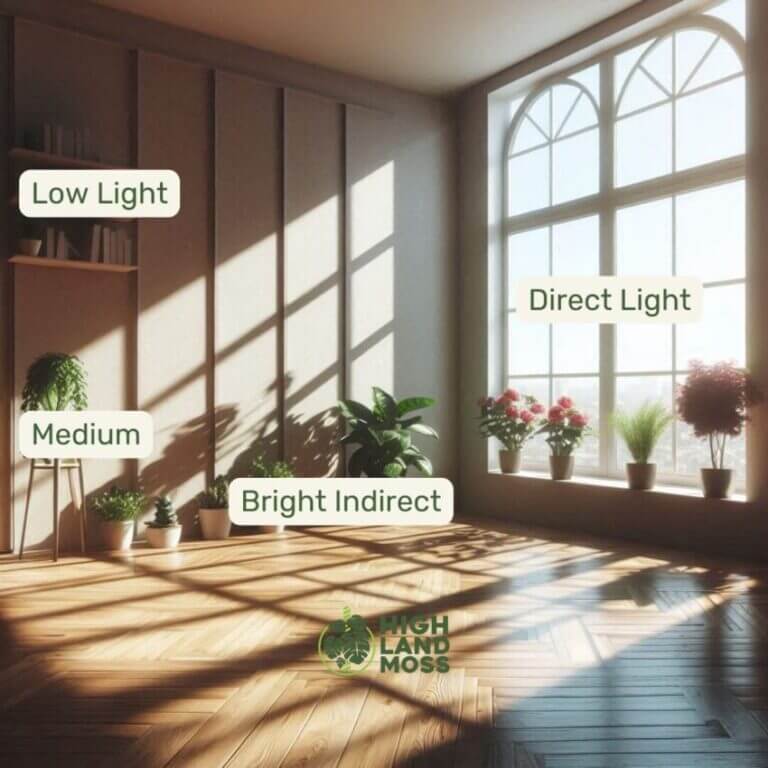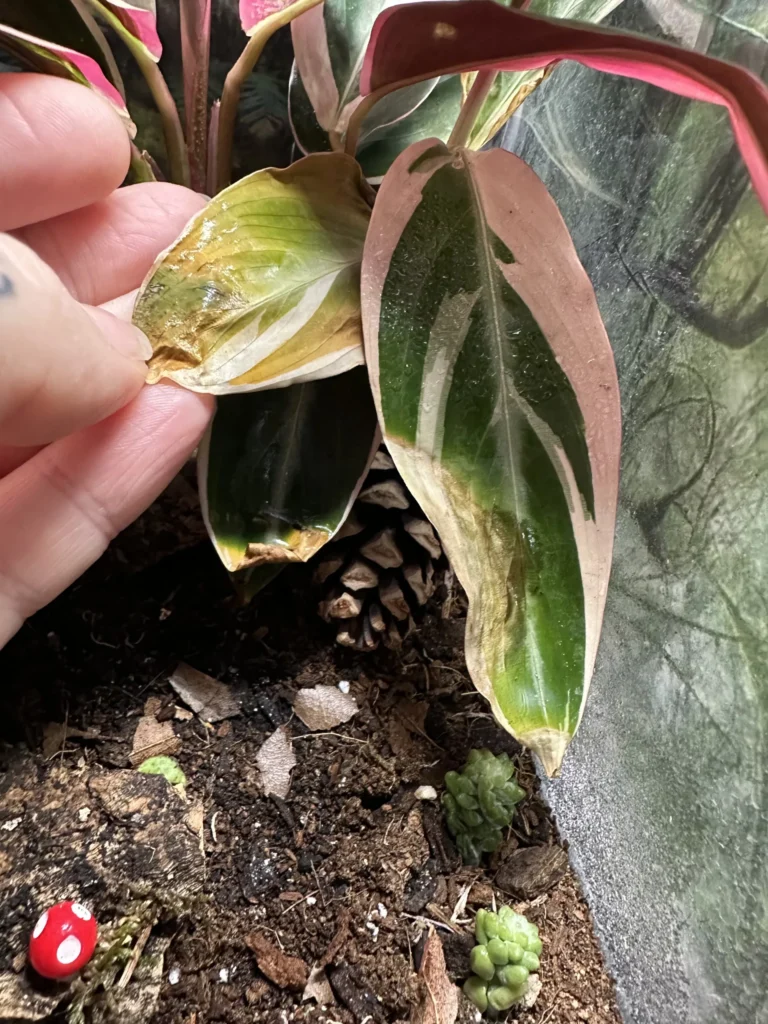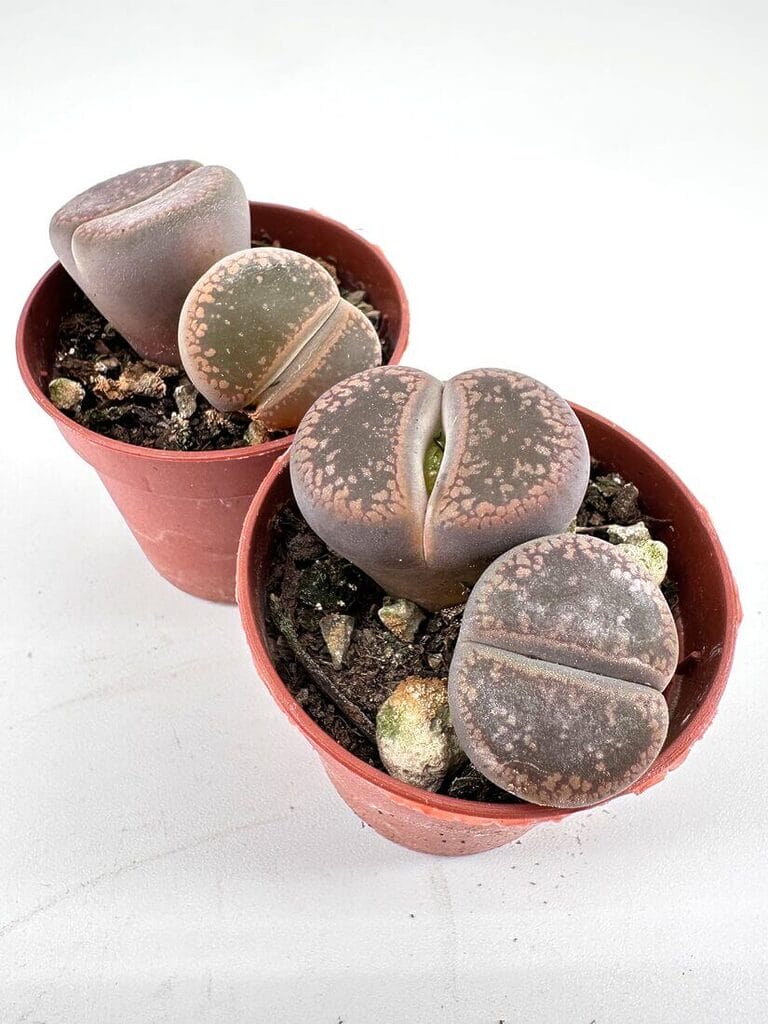Growing houseplants in low and medium lighting condition may be challenging and limit your choices but with proper understanding you will be able to select plants which will thrive in those conditions. In this article we will list of our favourite plants which can handle medium and low lighting conditions.

English Ivy (Hedera helix)
Common Name: English Ivy
This classic trailing vine with small leaves can adapt to low light conditions. It’s ideal for hanging baskets and macramé’s or trailing along shelves.
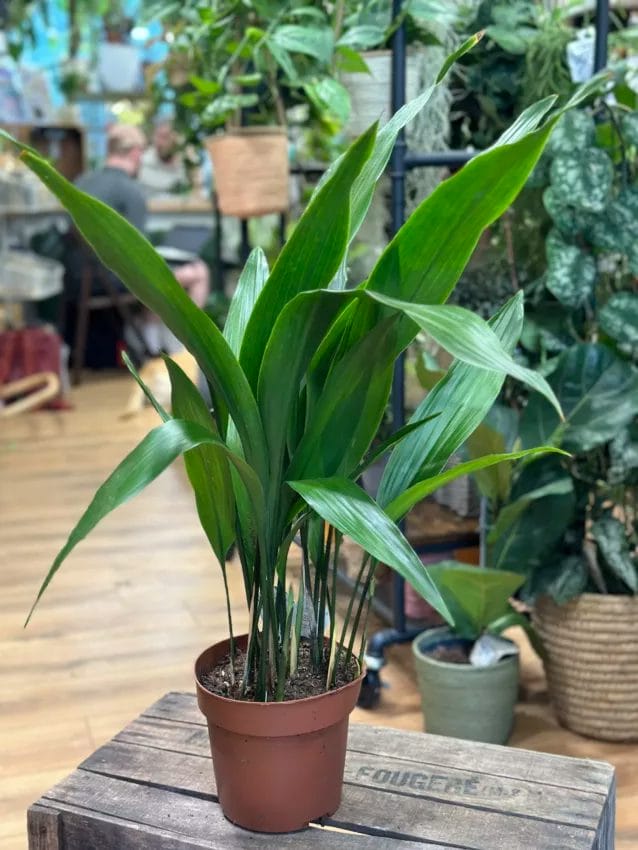
Cast Iron Plant (Aspidistra elatior)
Common Name: Cast Iron Plant, Pub Plant
Known for its tough, dark green leaves that can withstand neglect and low light conditions. It’s excellent for spaces where other plants might struggle.
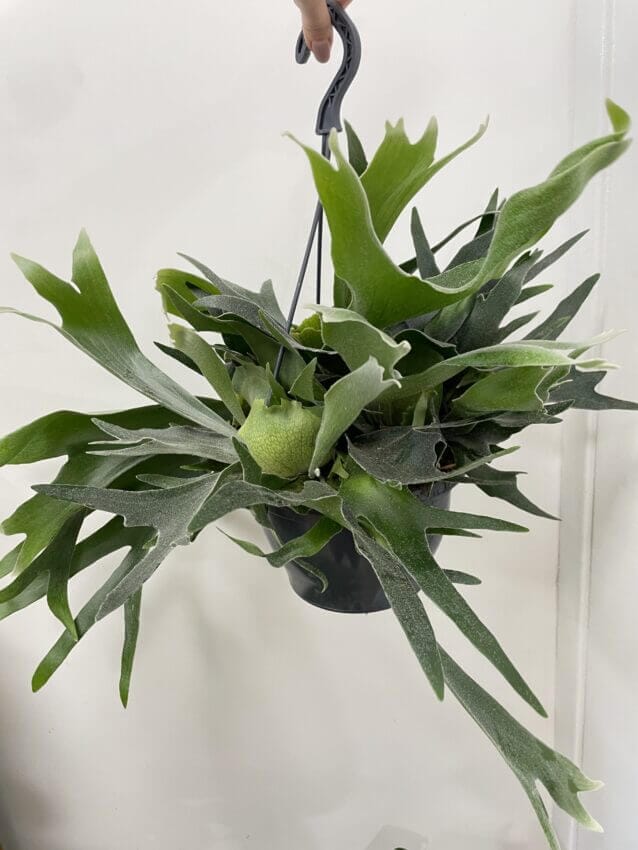
Staghorn Fern (Platycerium spp.)
Common Name: Staghorn Fern
This epiphytic fern is known for its unusual antler-like fronds. It can adapt to low light conditions and is often mounted on boards or hung in baskets.
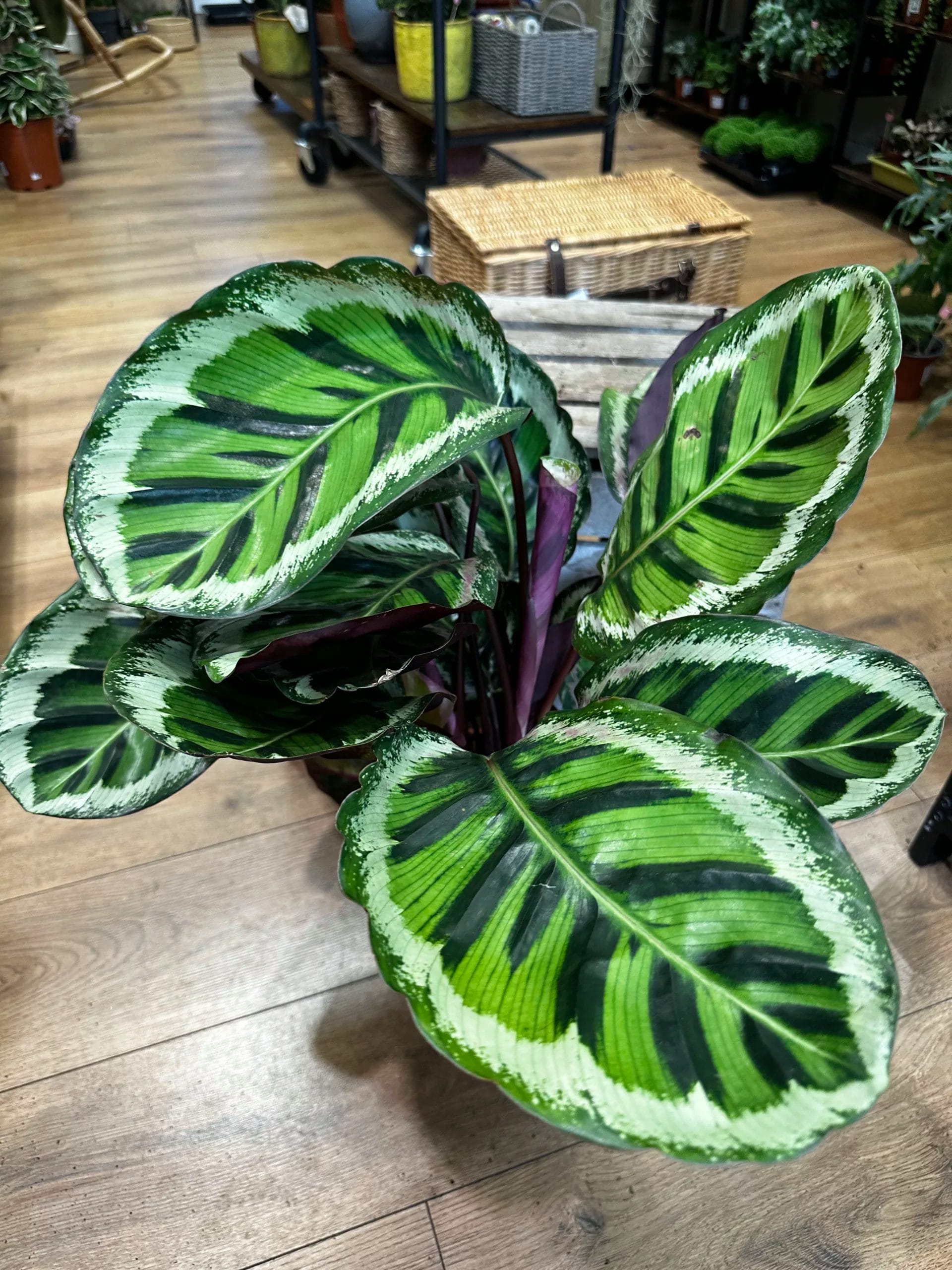
Calathea (Calathea spp.)
Common Name: Prayer Plant (various species)
Calathea plants are prized for their decorative foliage with intricate patterns and vibrant colours. They prefer indirect light and high humidity, making them perfect for bathrooms or kitchens.

Prayer Plant (Maranta spp.)
Common Name: Prayer Plant
This plant is named for its tendency to fold its leaves upward at night, resembling hands in prayer. It features beautifully patterned leaves and thrives in low to medium light.
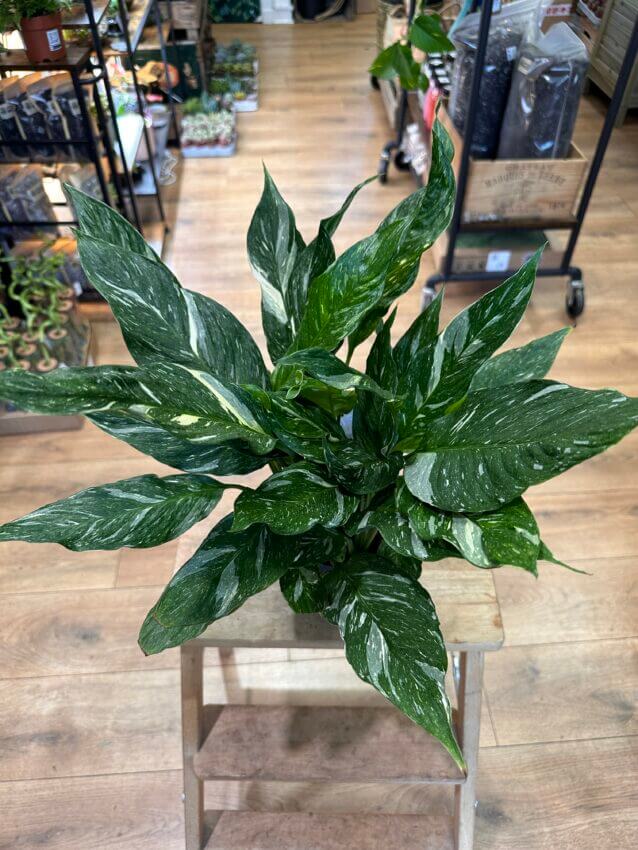
Peace Lily (Spathiphyllum spp.)
Common Name: Peace Lily
Featuring elegant white flowers and lush green leaves, the Peace Lily thrives in low light conditions and adds a touch of tranquility to any indoor space. It’s known for its air-purifying properties.
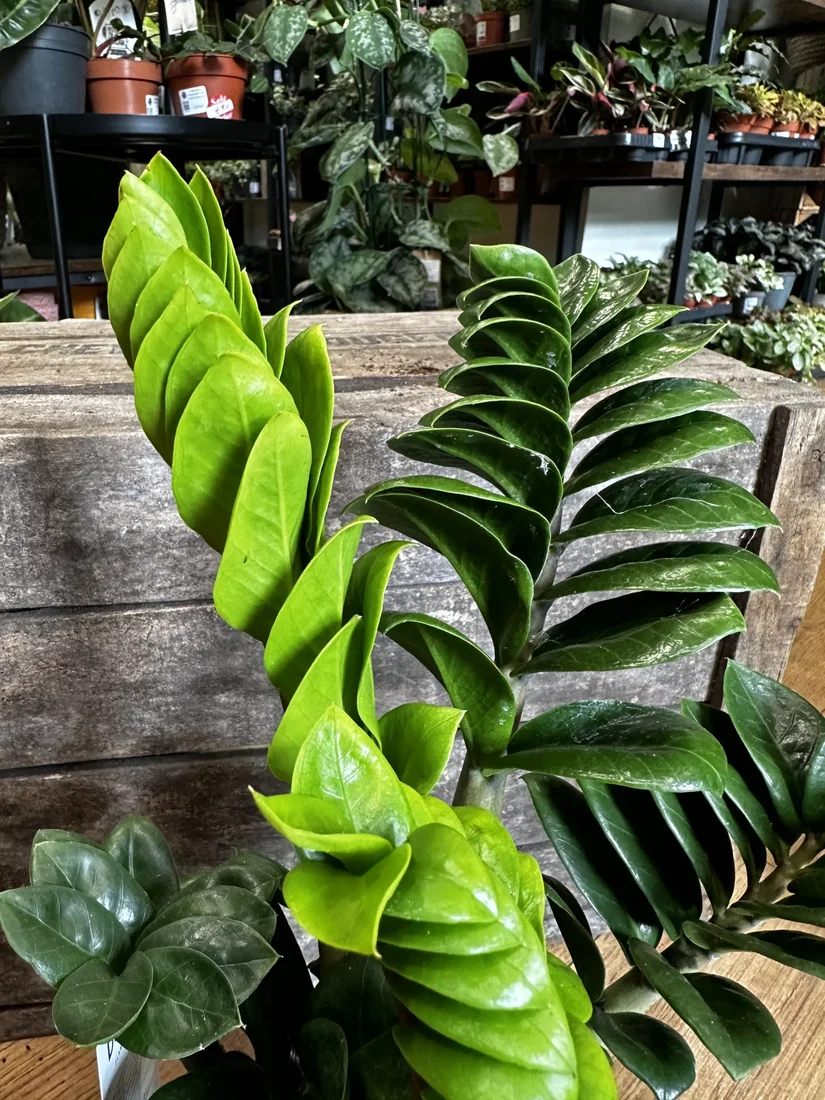
ZZ Plant (Zamioculcas zamiifolia)
Common Names: ZZ Plant, Zanzibar Gem, Emerald Palm
Glossy dark green foliage, low light and minimal water requirement, make the the ZZ Plant perfect for spaces with little natural light and those who would like to enjoy plants without spending too much time on tending to them. ZZ is an almost unkillable plant which can survive a very long time without water and with little light.
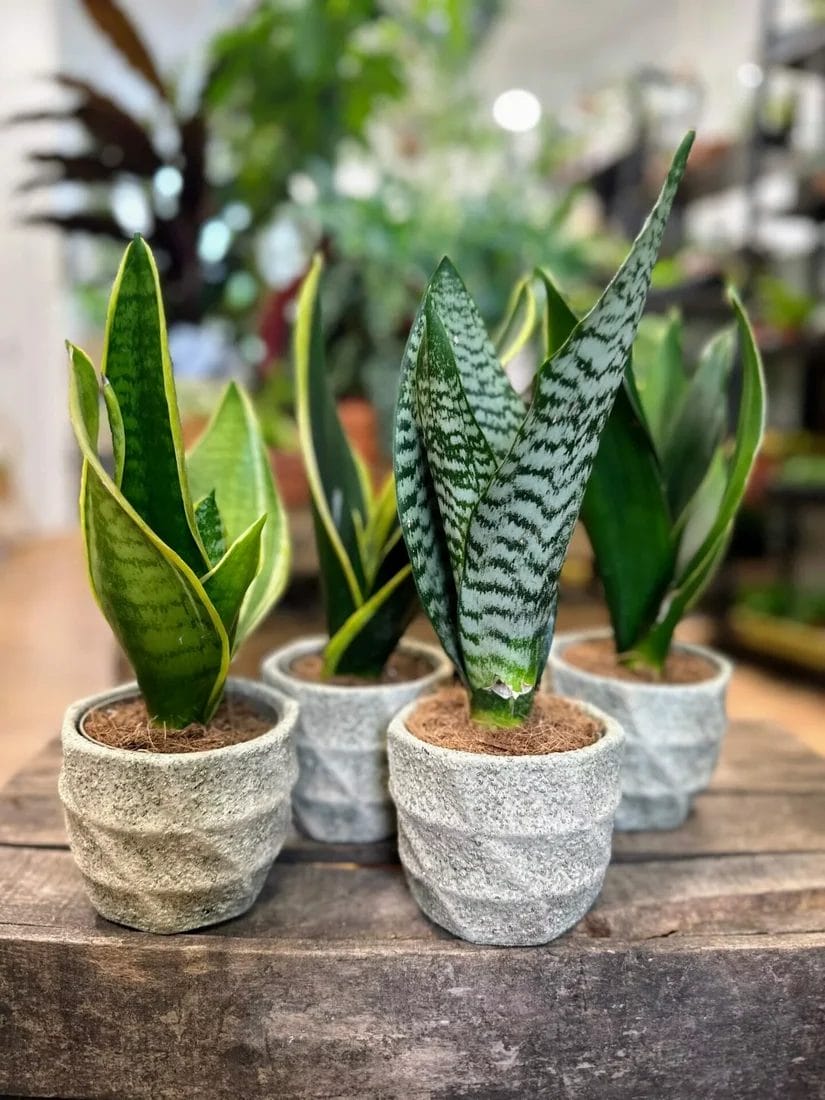
Snake Plant (Sansevieria spp.)
Common Names: Snake Plant, Mother-in-law’s Tongue, Money Plant
Known for its thick, striking upright leaves, the Snake Plant is incredibly resilient and thrives in low light conditions. This plant not only can handle prolonged without watering but also can improve quality of air due to its air purifying abilities.
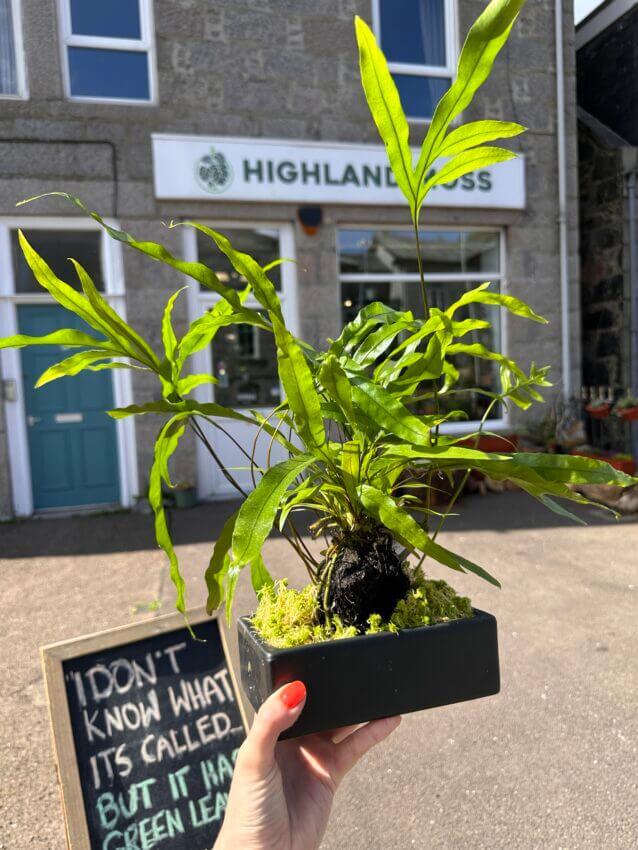
Ferns (Various genera)
Common Names: Depending on the species
Ferns are renowned for their delicate, feathery fronds and their ability to thrive in low light conditions. They prefer humid environments and are perfect for adding a lush, tropical feel to any indoor space.
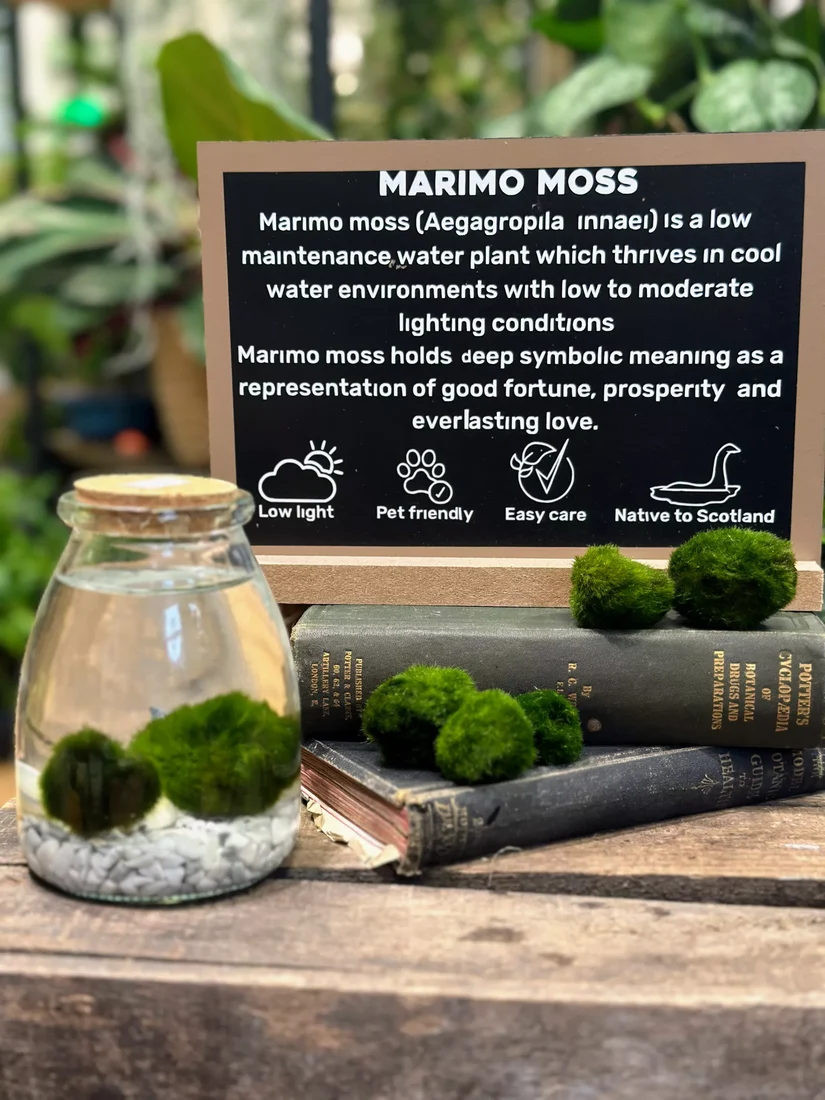
Marimo Moss (Aegagropila Innaei)
Common Names: Water Moss, Water Pet, Moss Ball
Marimo Moss isn’t really a moss, it is a phenomenon of algae in a ball shape from the inside out! This naturally grows in freshwater lakes in Scotland, Estonia, Iceland, Japan and Australia.
They can be found growing at the bottom of lakes and rivers in Japan and Northern Europe. This rolling moss was even featured in The BBC One Green Planet: Water Worlds featuring Sir David Attenborough.
There is a history of wonder and lore with Marimo Moss balls. The legend goes that two lovers who were forbidden together fell into a lake and their hearts turned into Marimo Moss! So now Marimo is said to bring your heart’s desire to both the giver and recipient of one.
Care Tips for Low Light Houseplants
- Watering: Low light houseplants usually require less water compared to plants in brighter conditions because the lower amount of sunlight does not dry out the soil quickly. But its always worthwhile to check the care guide for specific plants to provide the perfect amount of water.
- Light: While they can thrive in low light, do not place them in windowless rooms and rotate pots occasionally to ensure even light exposure and nice growth from all sides.
- Humidity: Some low light houseplants, such as Ferns, Maranta and Calathea, appreciate higher humidity levels. Place them near a humidifier, keep them in a kitchen or bathroom, gathering plants together can also create higher humidity.
- Fertilising: During the growing season (spring and summer), feed your plants with a balanced fertilizer according to the producents guide to promote healthy growth.
Low light plants in stock now
-


-


-

 Imperfect Plants Rescue Bag£20.00
Imperfect Plants Rescue Bag£20.00 -


-

 Earth Live Moss Hardy Sun-Tolerant Moss PlantFrom: £5.00
Earth Live Moss Hardy Sun-Tolerant Moss PlantFrom: £5.00 -

 Fresh Mint Organic Herb£6.00
Fresh Mint Organic Herb£6.00 -

 Boston Fern Nephrolepis Exaltata Green FantasyFrom: £5.00
Boston Fern Nephrolepis Exaltata Green FantasyFrom: £5.00 -


-




